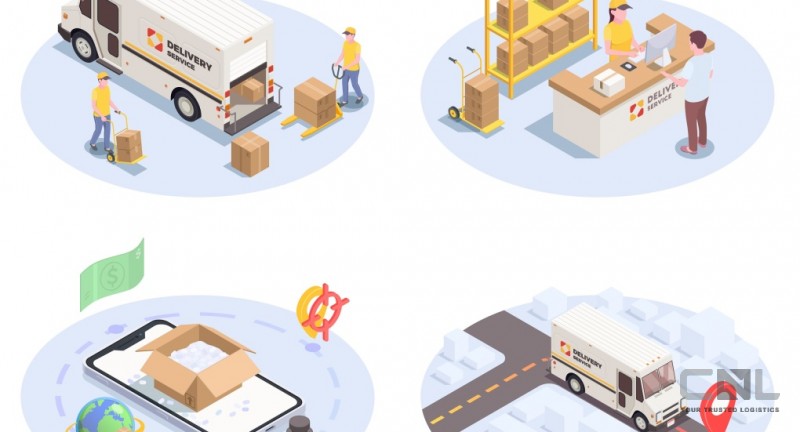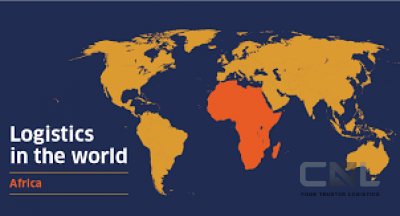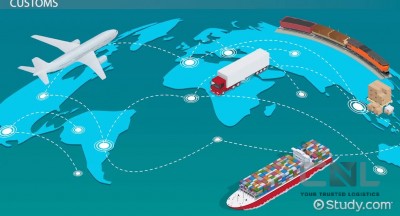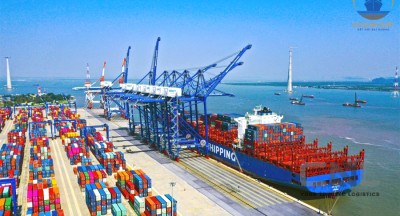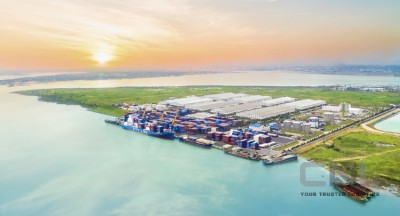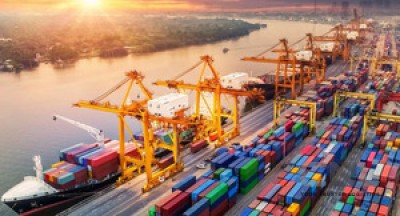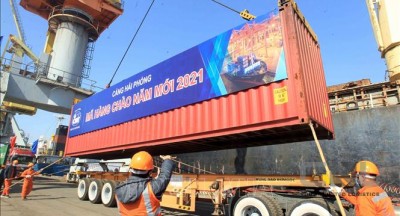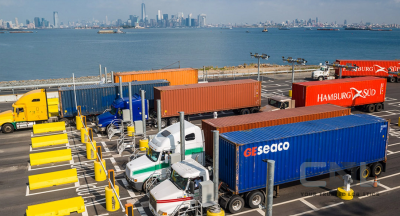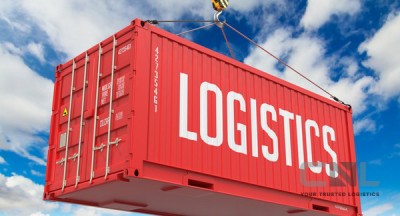The global third-party logistics (3PL) market size is expected to grow from $900 billion (2021) to $990 billion this year at a 9.4% CAGR, according to Business Research Company.
The strong rise of global retail systems, especially in developing countries, is expected to be the main driver of the strong growth of the 3PL logistics market in the coming year. In recent years, retail and e-commerce systems in general have changed the consumption habits of most global people.
In addition, the increasing rate of internet use indicates a marked shift to the "virtual world" that is taking place strongly. Many international retail businesses with headquarters in many countries have actively implemented online and offline combinations to expand brand coverage. As a result, 3PL logistics service providers can take advantage of opportunities, promote end-to-end freight services such as warehouse leasing, inventory management, packaging, courier ...
According to a report by Business Research Company, global 3PL logistics is expected to grow from $900 billion in 2021 to $990 billion in 2022. The compound annual growth rate (CAGR) reached 9.4%. The global market share of this industry is expected to reach USD 1,410 billion by 2026 at a compound annual growth rate (CAGR) of 9.2%.

The demand for end-to-end logistics services owing to the e-commerce boom, changing consumer habits has contributed to the growth of the third-party logistics market. Photo: freepik
Currently, third-party logistics (3PL) consists of three main segments, divided by type of service, mode of transportation and by industry. Specifically, the type of 3PL service includes dedicated contract shipping; management of domestic and international transport; warehousing; distribution and some other types of services. Modes of transport include rail, road, waterway and air. The 3PL sectors are mainly aimed at life-related industries such as technology, cars, retail, necessities, food and healthcare products...
In particular, the future 3PL logistics trend is predicted to increase the use of artificial intelligence (AI). This modern technology is increasingly widely used by logistics enterprises in the industry and retail units. In addition to optimizing transportation routes and managing fleets, AI also supports intelligent classification of packages by size, weight ... help businesses save time, costs and labor effectively.
For example, Verte, an e-commerce services company based in the US, has launched an omnichannel supply chain platform integrating AI technology for retailers and 3PL logistics service providers. Verte's technology solutions provide real-time supply chain insights.
The results are analyzed based on centralized data to ensure the transparency of the supply chain. The platform will provide aggregated data solutions to solve inventory-related problems, meet customer needs, and enable retailers, store shippers, 3PL logistics businesses, and carriers to operate more efficiently.
vnexpress.net- Careful Medicine (According to PRNewswire)
